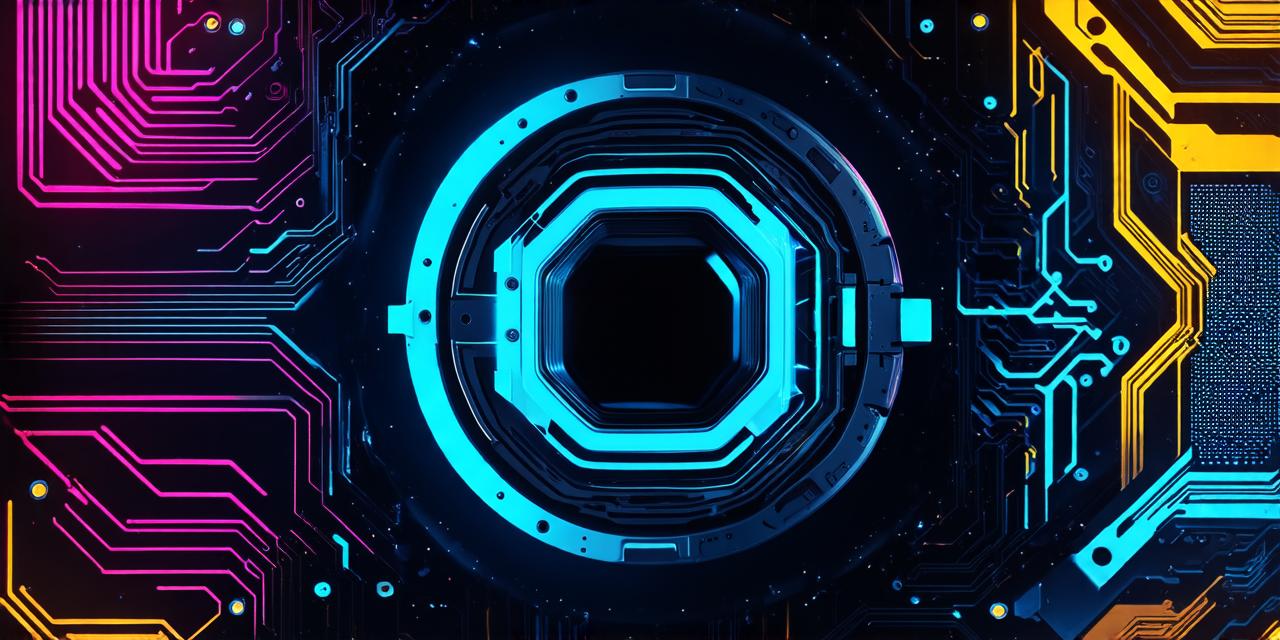Virtual reality (VR) technology has been rapidly evolving over the past few years, with new hardware developments emerging almost every day. These advancements have led to a significant increase in the accessibility and affordability of VR devices, making them more popular among consumers and businesses alike.
The Evolution of VR Hardware
Virtual reality technology first emerged in the 1960s, but it was not until the early 21st century that we saw the first commercial VR devices. Since then, VR hardware has come a long way, with advancements in display technology, motion tracking, and processing power leading to increasingly immersive and realistic experiences.
One of the most significant trends in VR hardware development is the increasing use of wireless technology. Traditionally, VR headsets required a high-powered computer or gaming console to function, which limited their portability and usability. However, with the advent of wireless technology, users can now experience VR without the need for cables, making it easier to move around and interact with their environment.
Another trend in VR hardware development is the integration of advanced motion tracking systems. These systems use a combination of cameras, sensors, and algorithms to accurately track the movement of the user’s body and head, allowing for more natural and intuitive interactions within virtual environments. This technology has also led to the development of hand tracking, which allows users to interact with virtual objects using their hands, further enhancing the immersion of VR experiences.
Processing power is another key area of focus in VR hardware development. As the complexity of virtual environments increases, so too does the demand for powerful processors and graphics cards. Recent advancements in this area have led to significant improvements in the quality and realism of VR visuals, making it easier than ever before to lose oneself in a virtual world.
The Impact of VR Hardware on Business and Consumers
The latest trends in VR hardware development are having a significant impact on both businesses and consumers. For businesses, VR technology offers a range of potential applications, from training employees to simulating complex operations and testing products before they hit the market. These applications can help companies save time, money, and resources while also providing valuable insights into how their products or services might perform in real-world scenarios.
For consumers, the latest VR hardware developments are making it easier than ever before to experience immersive and engaging virtual environments. Whether you’re a gamer, a designer, or simply looking for a new way to relax, VR technology has something to offer. With more affordable and accessible devices on the market, the potential applications of VR are virtually limitless, from gaming and entertainment to education and healthcare.
Case Studies and Personal Experiences
To better understand the impact of the latest trends in VR hardware development, it’s helpful to look at real-life examples and personal experiences. One such example is the use of VR technology in the field of medicine. Researchers have been using VR simulations to train medical students and practitioners in a variety of procedures, from surgery to emergency response. By providing a realistic and controlled environment for training, VR technology can help reduce the risk of mistakes and improve patient outcomes.
Another example is the use of VR technology in the retail industry. Many companies are now using VR to simulate store layouts and test new product displays before they’re rolled out in-store. This allows them to gather valuable feedback from customers and make adjustments based on what works best, ultimately leading to increased sales and customer satisfaction.
Conclusion
In conclusion, the latest trends in VR hardware development are transforming the way we interact with technology and shaping the future of this exciting field.
